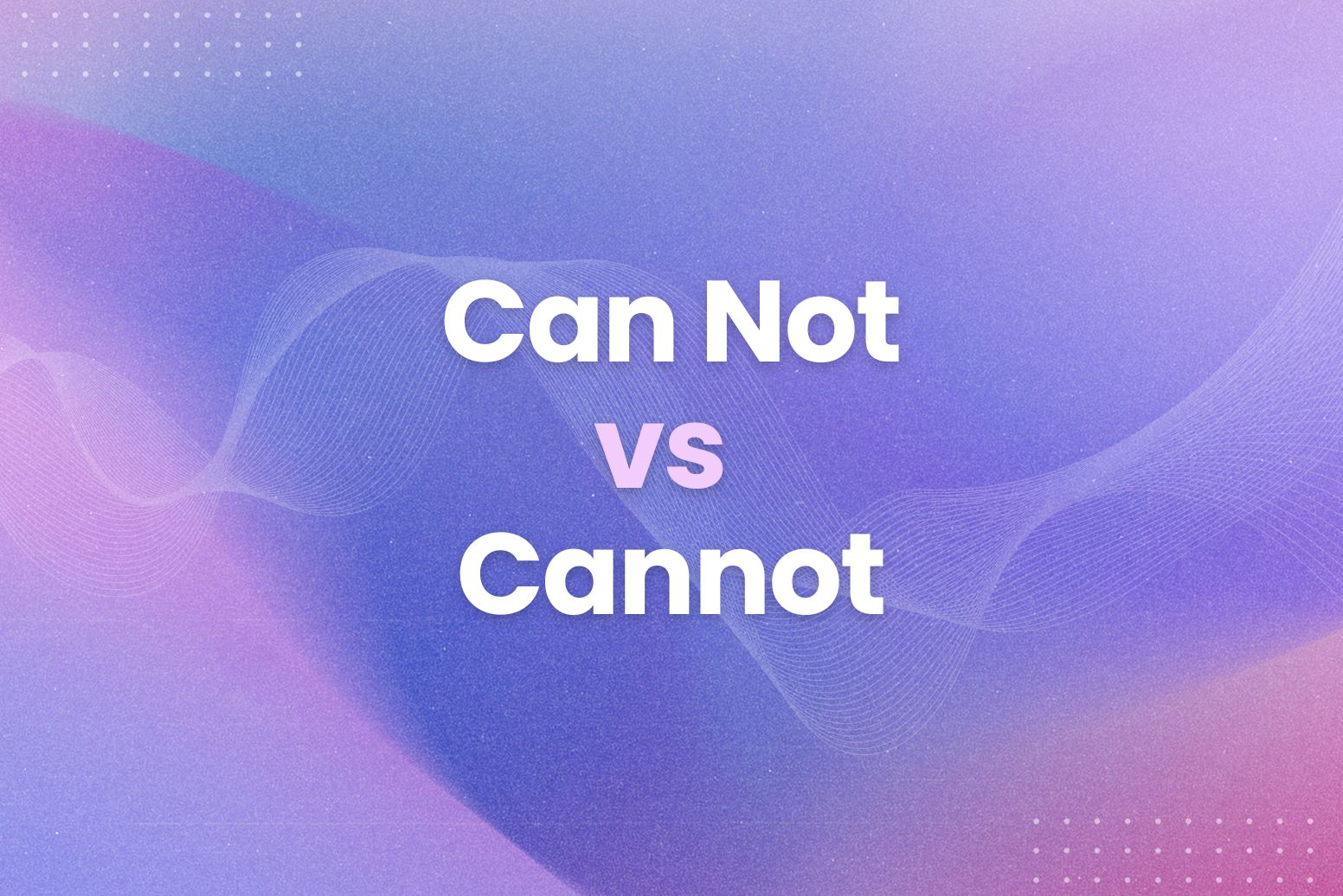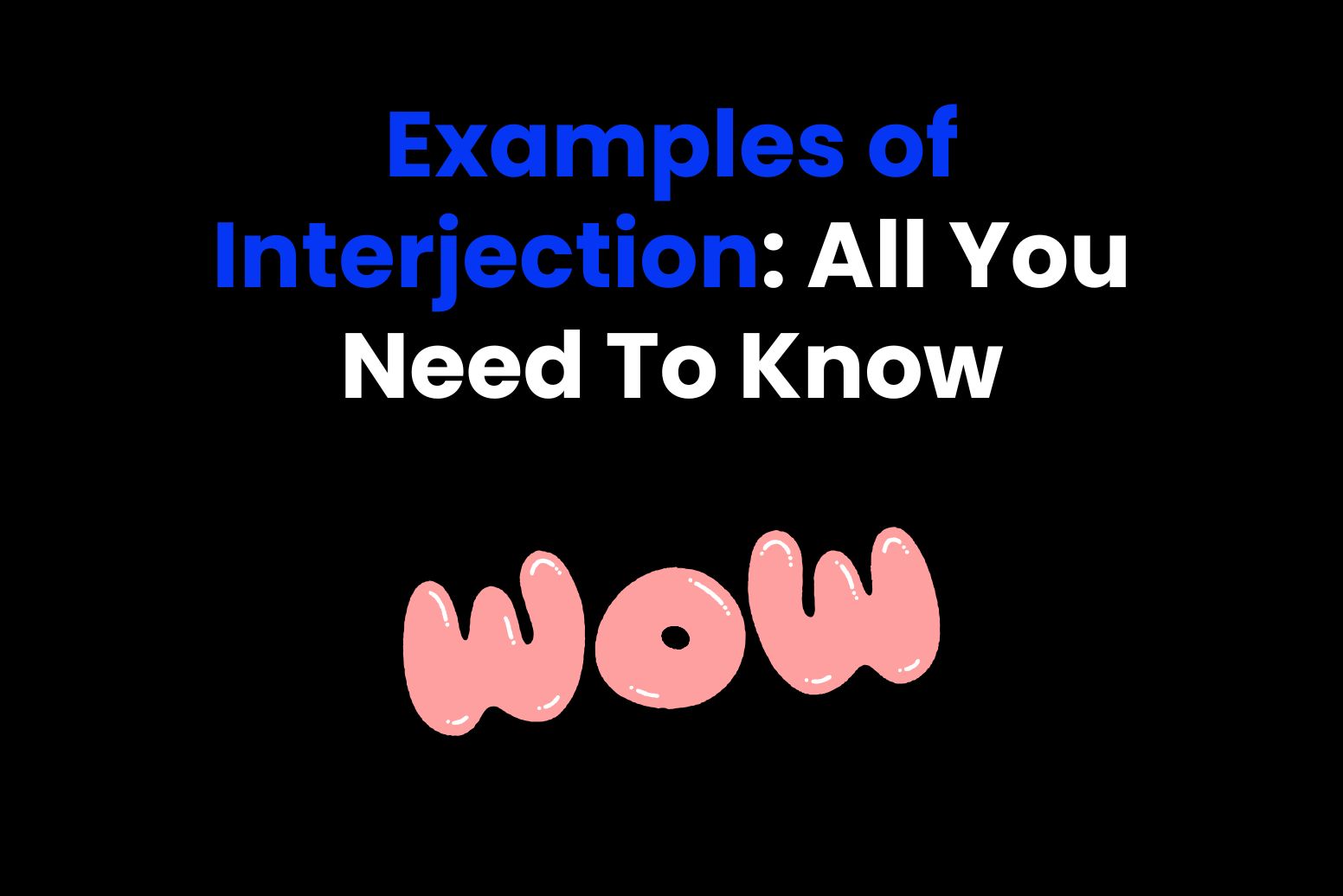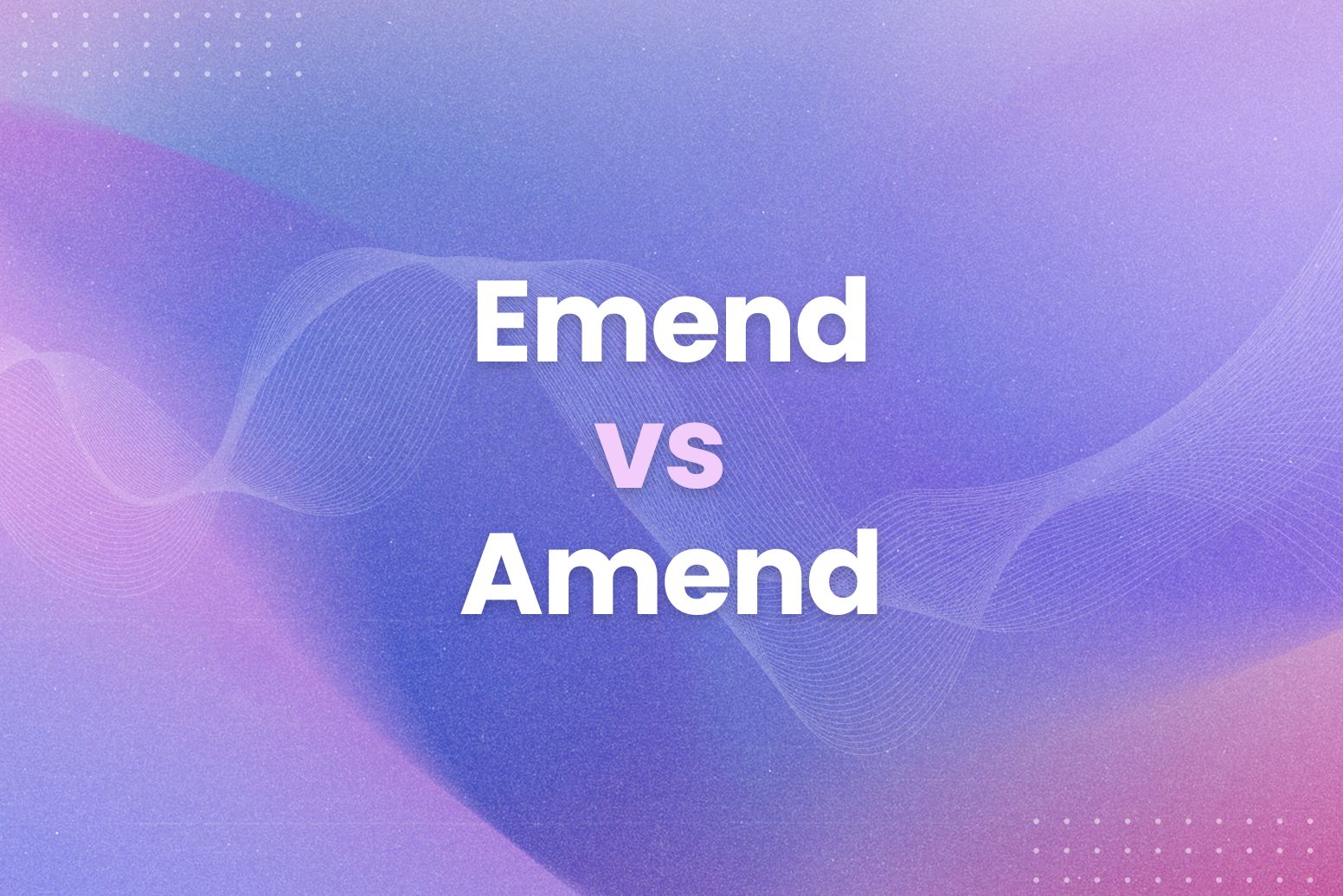Grammar can be tricky. One tiny slip-up can change a sentence’s entire meaning. For instance, the difference between can not or cannot often causes confusion. This simple word choice impacts clarity and professionalism. In short, getting it right matters. We’re here to settle this once and for all. This article will cover:
- The core difference between can not or cannot
- When to use “can’t” (the contraction)
Now, let’s get into the details.
The Core Difference Between Can Not or Cannot
Let’s break down this grammar puzzle. The difference between “can not” and “cannot” is subtle, yet significant. “Cannot” functions as a single word, expressing inability or impossibility. For example, “I cannot believe it” shows disbelief.
On the other hand, “can not” is two words, where “can” is a verb and “not” is an adverb modifying it. This form is used when “not” modifies a specific part of the verb phrase following “can.” For instance, “I can not only sing, but also dance” emphasizes two distinct abilities.
To clarify, think of it this way: “cannot” is like a solid brick wall—an absolute barrier. Conversely, “can not” is more like a gate that can be opened or closed, depending on the context. So, “cannot” expresses a general inability. While “can not” highlights a specific exception or alternative.
In short, “cannot” is the standard form for expressing inability. “Can not” is less common and usually emphasizes something else in the sentence. Therefore, in most cases, “cannot” is the safer and more concise choice.
Examples: Seeing is Believing
Let’s solidify the difference with some clear examples. Seeing these in action will make the distinction crystal clear.
- Cannot (General Inability): “She cannot attend the meeting due to a prior commitment.” This sentence states a simple inability. There are no exceptions or alternative actions mentioned. In other words, attending the meeting is impossible for her.
- Can Not (Emphasis on Alternative Action): “She can not attend the meeting in person, but she can join via video conference.” Here, the emphasis shifts. While physical attendance is impossible, another option exists. Therefore, “can not” highlights the contrast between these possibilities.
- Cannot (Simple Denial): “I cannot understand why he would do that.” This expresses disbelief or a lack of comprehension. In short, it’s a straightforward statement of not understanding.
- Can Not (Emphasis on a Specific Part of the Verb): “They can not only build houses, but they can also design them.” The focus is on the two different actions they are capable of. Thus, can not is used to set up the contrast between these two skills.
To sum up, “cannot” is your go-to for expressing a simple inability. Use “can not” when you want to emphasize an alternative or contrast specific actions. For example, if you are unsure, using cannot is usually the correct choice.
When to Use “Can’t” (The Contraction)
Now, let’s talk about “can’t.” This little word is simply a contraction of “cannot.” In other words, it’s a shorter, more casual way of saying the same thing. Therefore, you’ll primarily find “can’t” in informal writing and spoken language.
- Informal Writing: Think emails to friends, text messages, or casual blog posts. For instance, “I can’t believe you did that” is perfectly fine in a message to a friend.
- Spoken Language: “Can’t” is incredibly common in everyday conversation. For example, “I can’t go to the party tonight” is a natural way to decline an invitation.
However, avoid “can’t” in formal writing, such as academic papers, business reports, or official documents. In these settings, stick with the full “cannot.” To clarify, using “cannot” in formal contexts maintains a professional and polished tone.
Pro Tip: If you’re unsure whether your writing style is formal or informal, err on the side of caution and use “cannot.” This way, you avoid any potential missteps. So, when in doubt, spell it out.
Grammar Got You Down? Arvin’s Got Your Back
The difference between “can not,” “cannot,” and “can’t” isn’t as daunting as it seems. In short, “cannot” is the standard form for expressing inability. The “can not” emphasizes an alternative. And lastly, “can’t” is its casual counterpart. Therefore, choose the form that best suits your context.
Here’s a quick recap on can not vs cannot:
- “Cannot” expresses general inability.
- “Can not” highlights an alternative action.
- “Can’t” is the informal contraction of “cannot.”
- Formal writing calls for “cannot.”
- Casual writing welcomes “can’t.”
Tired of second-guessing your grammar? Let Arvin be your personal grammar guru. With its real-time checks and suggestions, Arvin catches those pesky “can not/cannot” errors before they even happen. This ensures your writing is always clear, concise, and error-free. So, write with confidence, knowing Arvin’s got your back.
Frequently Asked Questions (FAQs)
What is the difference between “can not” and “cannot”?
“Cannot” is a single word expressing general inability. “Can not” is two words, used to emphasize an alternative action or possibility. In most cases, “cannot” is the correct and preferred form. To clarify, think of “cannot” as a solid block. On the other hand, can not is used to create a contrast between two actions.
“Can not” or “cannot” Oxford?
Oxford dictionaries and style guides recommend using “cannot” as the standard form. Therefore, in formal writing, “cannot” is the way to go. For example, if you are writing a paper for a university, cannot is the correct choice.
“Can not” or “cannot” in the UK?
Both “cannot” and “can’t” are common in UK English. However, just like in American English, “cannot” is preferred in formal contexts. Therefore, there is no difference in the usage of the two terms in the UK.
Is it correct to say “Can’t not”?
“Can’t not” is a double negative and is generally considered grammatically incorrect. It creates a confusing and often unintended positive meaning. For instance, “I can’t not go” means “I must go.” To clarify, avoid using can’t not. Instead, rephrase the sentence for clarity. For example, instead of saying I can’t not go, you can say I must go.






